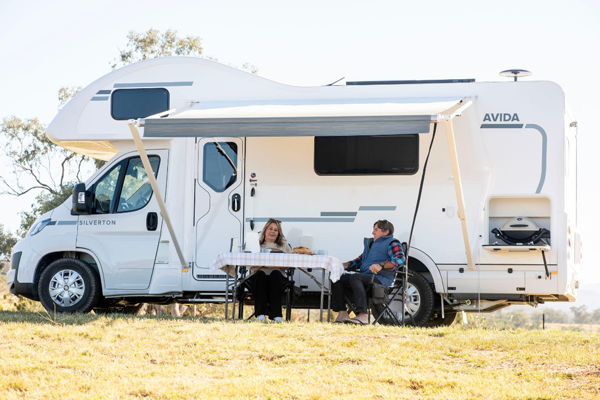
It is quite often heard when asked ‘what is the most beautiful place in Western Australia’, ‘Karijini National Park’ so if you haven’t managed to get there yet, make sure you pop it on your bucket list.
It is the second largest national park in Western Australia at over 627,422 hectares just north of the Tropic of Capricorn in the Hamersley Range.
Its climate can best be described as tropical semi-desert. A highly variable, mainly summer rainfall of 250–350mm, often associated with thunderstorms and cyclones, is accompanied by temperatures frequently topping 40°C. The ideal times to visit the park are late autumn, winter and early spring. Winter days are warm and clear, but nights are cold and sometimes frosty.
Massive mountains and escarpments rise out of the flat valleys. The high plateau is dissected by breathtaking gorges, and stony, tree-lined watercourses wind their way over the dusty plain. Erosion has slowly carved this landscape out of rocks that are over 2,500 million years old. There are many beautiful gorges and sites to visit in Karijini National Park, but be sure to include Dales Gorge, Fortescue Falls, Weano Gorge and Oxers Lookout.
The Karijini Visitor Centre is just off Banjima Drive and is open in season from 9am-4pm daily. It is closed from early December to early February each year.
The camping area at Dales is one of two locations in the park where you can stay overnight. It is a large campground with picnic tables and gas barbecues at the nearby picnic area and is a good base from which to explore the park. Campsites are in very high demand from June to September. During this period a two-night maximum stay overflow camping area is in operation. Bookings are essential for Dales and the overflow.
The only other location in the park where camping is permitted is the privately owned and operated Karijini Eco Retreat.
The park is the traditional home of the Banyjima, Kurrama and Innawonga Aboriginal people. The Banyjima name for the Hamersley Range is Karijini. Evidence of their early occupation dates back more than 20,000 years. During that period, Aboriginal land management practices, such as ‘fire stick farming’, resulted in a diversity of vegetation types and stages of succession that helped determine the nature of the plants and animals found in the park today.
Wildflowers vary with the seasons. In the cooler months the land is covered with yellow-flowering cassias and wattles, northern bluebells and purple mulla-mullas. After rain many plants bloom profusely.
Karijini is home to a variety of birds, red kangaroos and euros, rock-wallabies, echidnas and several bat species. Geckos, goannas, dragons, legless lizards, pythons and other snakes are abundant.
Look for large, striking termite mounds scattered throughout the hummock grasslands. Look out also for mounds of pebbles built by the Western Pebble-mound mouse but please do not disturb them.
There is assisted wheelchair access to Junction Pool Lookout, Circular Pool Lookout and the Weano Recreation Area. Independent wheelchair access is available at the Karijini Visitor Centre and the Dales Recreation Area.



